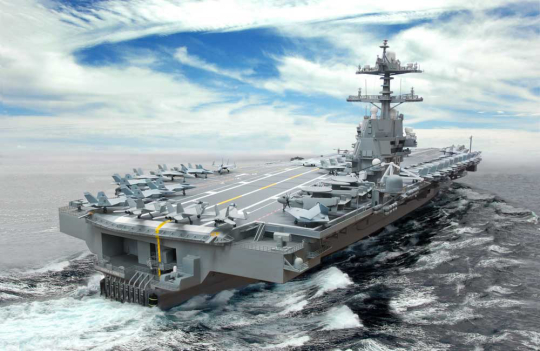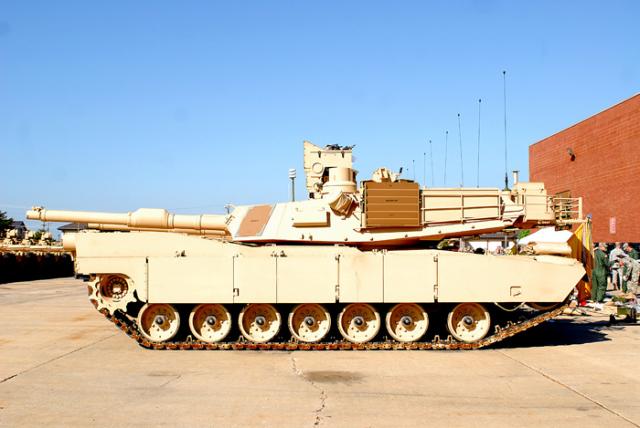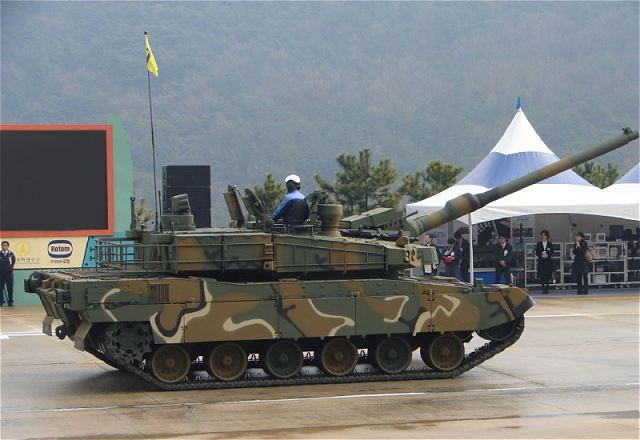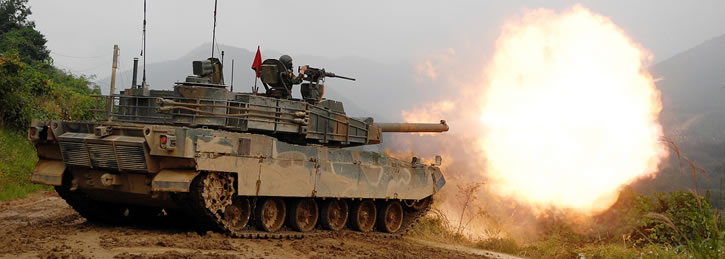 I hate flying and I think the media is to blame— they show news about how deadly diseases spread in airplanes. There are also documentaries about how unsafe some planes are. Then, there are those other documentaries about the wealthy folks of the world and how their private jets have their own interior designer. I’ve made an agreement with myself that the next time I’m flying, I’m taking a private jet. At least the only problem I’d have then is the jet lag. And no more heavy baggage to lug around— if I can afford to take a private jet, I can afford futuristic luggage with electronic wheels, but that’s just me looking too much into the future. So for now, I guess I’ll have to learn how to swim in order to reach a far away place— or buy a drone that can carry me wherever!
I hate flying and I think the media is to blame— they show news about how deadly diseases spread in airplanes. There are also documentaries about how unsafe some planes are. Then, there are those other documentaries about the wealthy folks of the world and how their private jets have their own interior designer. I’ve made an agreement with myself that the next time I’m flying, I’m taking a private jet. At least the only problem I’d have then is the jet lag. And no more heavy baggage to lug around— if I can afford to take a private jet, I can afford futuristic luggage with electronic wheels, but that’s just me looking too much into the future. So for now, I guess I’ll have to learn how to swim in order to reach a far away place— or buy a drone that can carry me wherever!The economy class is a dangerous ordeal because there’s always an 80% chance of you going insane. Crying babies, unidentified germs, toilets that make you feel claustrophobic, and terrible food. Business and first class have way better facilities, and private jets have the creme de la creme of everything. No lines at security? Check. Catered food? Check. More leg room? Check. No seat mate who will judge you for binge watching “Keeping Up With The Kardashians” during the entire flight? Check. It also helps that private jets look nicer than most people’s homes.
Flying coach can already be expensive, but if you really want to burn all of your cold hard cash, getting your own private jet is the ideal. Here are the 10 most expensive jets in the world, to help you start with your plane shopping.
#1 – Airbus A380 ($500 Million)
Potential Travel Destination: Anywhere in the freaking world. If your private jet has its own elevator, you better show it to everyone and make them drool, baby!
#2 – Boeing 747-8 VIP ($150 Million)
The Boeing 747-8 VIP literally looks like a portable palace. You just have to hand over $150 million of your spare cash, then voila! Boeing would let you customize your own private jet!
I distinctly remember watching a documentary about an interior designer for these babies. I need to contact him about installing my own amusement park on my imaginary Boeing. I really need to know, okay?
Potential Travel Destination: A Saudi Arabian palace. Despite Boeing’s policy of not revealing the owners of their private jets, you just know that someone from the Saudi Arabian royal family got this jet to travel in style.
#3 – Boeing 757 ($100 Million)
The Boeing 757 is an airplane that’s commonly used on commercial flights. However, if you’re Donald Trump, all commoners must not have access to the shiny, gold-plated seat belts. Despite the $100 million price tag, the Donald got it second hand from Paul Allen, Microsoft’s co-founder. Now I know that even rich, and potentially insane people enjoy bargains for merchandise.
Potential Travel Destination: New York or the current city where the WWE is at. New York, to check for stocks, and the WWE ring to see if you still got some fight (and shame) in you. Need I remind you of Donald Trump’s stint as a professional wrestler?
#4 – Airbus ACJ319 ($80 Million)
As with Airbus’ other luxury jets, this one is customizable. There is an en-suite bedroom located at the rear of the aircraft, which can help you save costs by not having to check into a hotel! After spending $80 million on this jet, you better be prepared to cut back on other things.
Potential Travel Destination: London. Tea time with Queen Elizabeth II and Prince Phillip. If you can afford an $80 million jet, you should be able to buy your way in to the Queen’s inner circle.
#5 – Bombardier Global 8000 ($66 Million)
This private jet boasts that it has the lowest fuel burn and lowest emissions of its kind. At $66 million for the whole plane, I wouldn’t be surprised if it ran on diamonds and the tears of all your mortal enemies. But hey, it’s the greenest one out there, so this one is suitable for Angelina Jolie, Leonardo DiCaprio, and/or Bono, so they can feel better about using a years worth of normal people carbon emissions for their daily travel, and various vacations around the world.
Potential Travel Destination: A lush rainforest in South America. Because if you’re going green, proudly show it to Mother Nature so she can applaud you using the wind and some tree branches.
#6 – Sukhoi Superjet 100 ($50 Million)
The Sukhoi Superjet 100 seems like the biggest amongst all of the other private jets with its seating capacity. At $50 million, it’s only appropriate for Sukhoi to let buyers decide on all the aspects of their jets. May I suggest turning it into a party plane and make the interior look like there’s a rave 24/7?
Potential Travel Destination: Ibiza and other places known for their wild parties. The plane seats 100 people. Don’t tell me you’re not planning on abusing that feature?
#7 – Bombardier BD-700 ($45 Million)
The Global Express or The Bombardier BD-700 is Bill Gates’ personal choice for flying— but not for leisure! He uses his $45 million private jet for activities concerning the Bill and Melinda Gates Foundation. I’ve heard that he’s really putting the jet to good use, especially because it can fly non-stop to different locations. If I tell Bill Gates that I’m a charity case, do you think he’d let me hitch a ride on his private jet?
Potential Travel Destination: Silicon Valley. Only because Bill Gates seems to be the type of person who would make sure that only the latest technology is installed in his private jet for convenience.
#8 – Embraer Legacy 650 ($30 Million)
You wouldn’t expect Jackie Chan to have a private jet, but he does. When he’s not flying during his stunts, he takes his Embraer Legacy 650 to travel. Jackie coughed up $30 million to get the jet, and had it painted with the colors of China’s flag and his own personal logo emblazoned on it. He seems so humble, and yet so human because he did what any reasonable rich person would do: get a private jet
. Potential Travel Destination: Angkor Wat in Cambodia. You just know that Jackie moonlights as a treasure hunter during his spare time. He probably parkours his way out of his jet and into the jungles of Cambodia.
Potential Travel Destination: Angkor Wat in Cambodia. You just know that Jackie moonlights as a treasure hunter during his spare time. He probably parkours his way out of his jet and into the jungles of Cambodia.
.
 Potential Travel Destination: Angkor Wat in Cambodia. You just know that Jackie moonlights as a treasure hunter during his spare time. He probably parkours his way out of his jet and into the jungles of Cambodia.
Potential Travel Destination: Angkor Wat in Cambodia. You just know that Jackie moonlights as a treasure hunter during his spare time. He probably parkours his way out of his jet and into the jungles of Cambodia.#9 – Hawker 4000 ($22 Million)
Now, Sergio Garcia is speaking my language! The Spanish professional golfer bought this jet for $22 million dollars, and uses it mostly to travel to and from his tournaments. Sergio said that his jet lets him get to his destination safely, quickly, and well rested. I have similar goals when traveling to my grandparents’ for the holidays. I don’t wanna look and feel like a chewed up piece of gum after an expensive plane ride.
Potential Travel Destination: Well, a Spaniard owns this private jet, so why not take it around Europe? It’s the most luxurious continent in the world, and it’s high time you enjoyed it by country-hopping on a jet fueled by diamonds and champagne.
#10 – Challenger 600 ($5 Million)
Hmm, I’m not that sure about the salaries of other writers, but I’m quite wide-eyed over author, Joyce Meyer’s ability to purchase one of these bad boys. The Challenger 600 looks like the older, much cooler brother of a Ferrari. She actually bought a Gulfstream IV to replace this expensive jet that cost her $5 million. I ain’t no hater, but Joyce— teach me your ways!
Potential Travel Destination: Jerusalem or Bethlehem. If you’re an author of spiritual books, it’s only fitting if you travel to The Holy Land. Then again, it might be better if you fly coach this time.
On the edge of your seat and can't wait to read more? Or hey, maybe feeling even just a little entertained? If so we hope you please consider clicking the share and like buttons below. Thanks so much!












 Following the collapse of the Soviet Union, Ukraine was left with a tank factory in Kharkov which had been producing the T-80UD main battle tank (MBT). In an effort to develop their own tanks, it was decided to take the T-80 design and modify its design to meet the needs of the Ukrainian military. The result was the T-84 which, over time, evolved into the T-84 Oplot-M. This particular tank has been heavily modernized to make it one of the most sophisticated tanks fielded today.
Following the collapse of the Soviet Union, Ukraine was left with a tank factory in Kharkov which had been producing the T-80UD main battle tank (MBT). In an effort to develop their own tanks, it was decided to take the T-80 design and modify its design to meet the needs of the Ukrainian military. The result was the T-84 which, over time, evolved into the T-84 Oplot-M. This particular tank has been heavily modernized to make it one of the most sophisticated tanks fielded today.

 The latest tank has advanced composite armor with additional explosive reactive armor modules installed. Like Russian and Western tanks, the 99 A2 has a heavily digitized interface and battle management system which improves the tank’s efficiency and ability to operate on the battlefield. Like many other tanks on this list, the Chinese tank is also reported to be equipped with an active protection system which can detect and defeat incoming missiles with a high degree of success.
The latest tank has advanced composite armor with additional explosive reactive armor modules installed. Like Russian and Western tanks, the 99 A2 has a heavily digitized interface and battle management system which improves the tank’s efficiency and ability to operate on the battlefield. Like many other tanks on this list, the Chinese tank is also reported to be equipped with an active protection system which can detect and defeat incoming missiles with a high degree of success.




